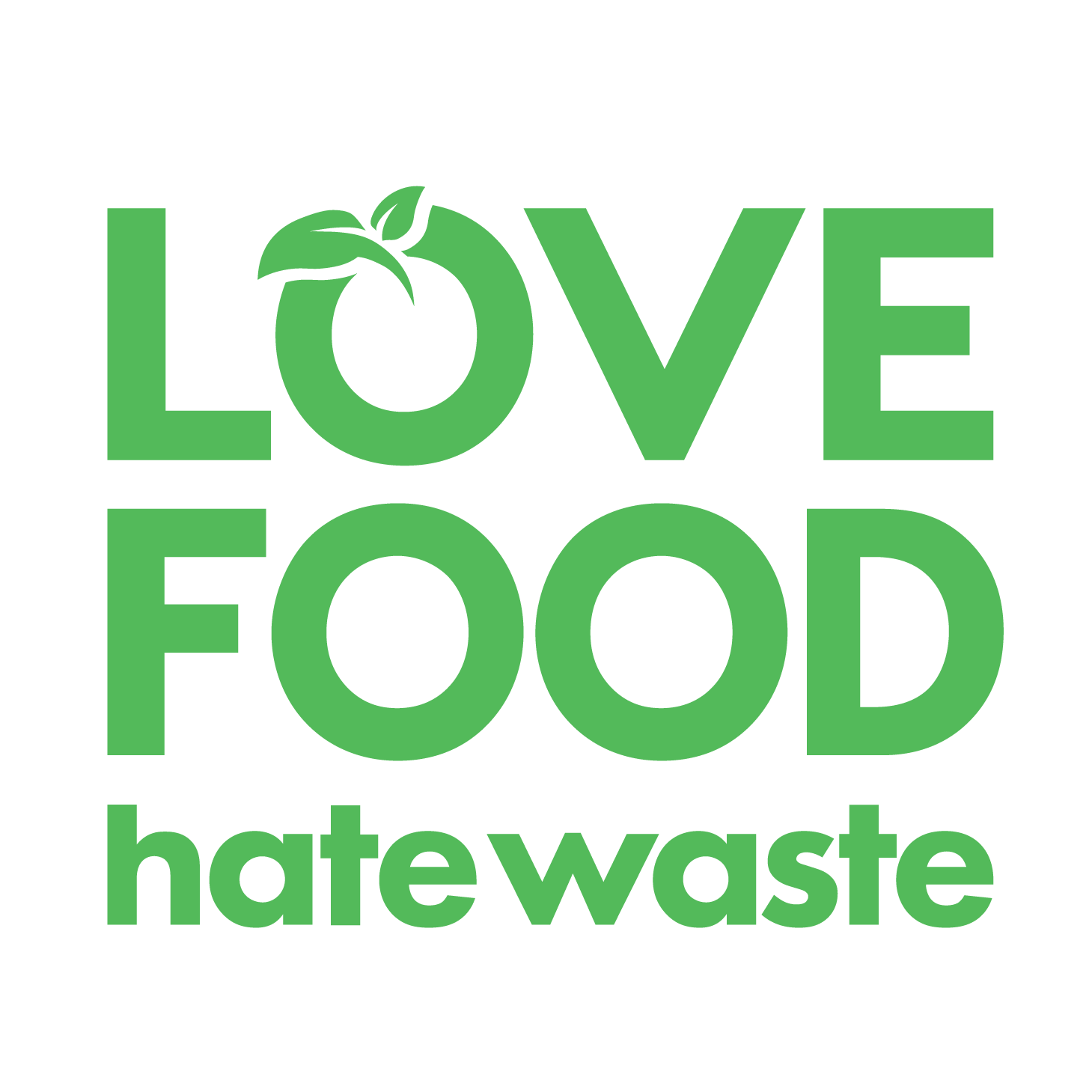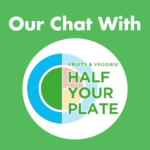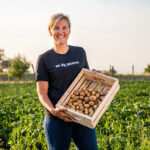Preserving Summer’s Bounty: Three Ways to Prevent Food Waste
We love the bounty of fresh fruit and vegetables available during our sun-filled Canadian summers. It makes us want to prolong their delicious flavour and ensure nothing goes to waste. Here are our top tips for preserving summer produce so we can enjoy them throughout the year and prevent food waste.
It all starts when you bring that gorgeous fresh produce home. Use our A to Z Storage Guide to store your fruits and veggies for optimal freshness. Hint: Refrigerate everything except for pineapple, bananas, and potatoes.
1. Freezing:
Freezing is one of the simplest and most convenient methods to preserve fresh produce.
Fruit: Trim, wash, and dry fruit before placing it in an airtight freezer bag. For future optimal use, freeze them in a single layer on a baking sheet before transferring to a freezer bag.
Vegetables: For long-lasting, high-quality results blanch vegetables first. Blanching involves briefly immersing the vegetables in boiling water to stop their aging process and lock in their flavour, colour, and nutrients. After boiling, transfer the vegetables to an ice water bath, dry them, and pack them tightly in a freezer bag.
Refer to the A to Z Storage Guide for specific freezing instructions for your favorite fruits and vegetables.
2. Drying:
Drying is an age-old method that removes 80-95% of moisture using warm temperatures and air circulation. It is particularly effective for ripe or slightly over-ripe fruit. Fruit is easily dried in an oven or a food dehydrator without very much prep. Simply wash, trim, cut to even size, and dry for tasty on-the–go snacks. Vegetables like peppers, tomatoes and zucchini require very little prep but most others need to be blanched before drying. For detailed tips and instructions refer to Drying Fruits and Vegetables.
3. Canning:
Canning preserves food by killing bacteria with high heat and sealing jars tight to prevent new bacteria from re-entering. Two safe methods for home canning are hot water bath canning and pressure canning. Hot water bath canning is suitable for high-acid foods like fruits, pickles, and tomato-based products, while pressure canning is necessary for low-acid foods such as vegetables and meats.
See our Step-By-Step Canning guides to get started. It’s easier than you think!


